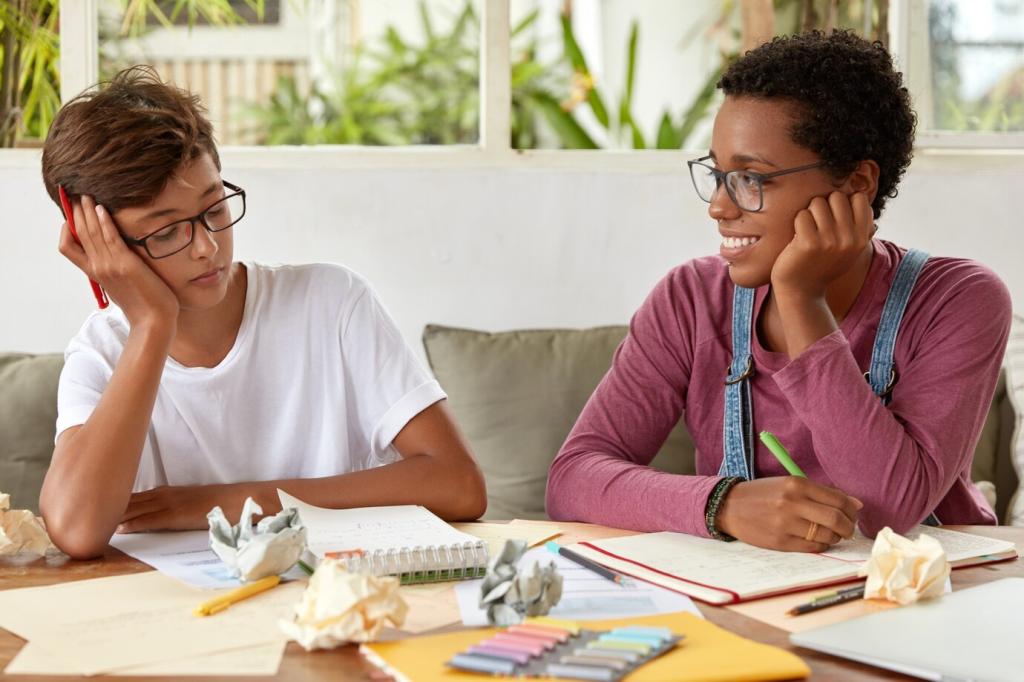
Digital Literacy for Parents: A Guide to Supporting Children
Chosen theme: Digital Literacy for Parents: A Guide to Supporting Children. A friendly, practical starting point for families who want confidence, clarity, and calm while raising capable, thoughtful digital citizens.
The New Childhood: Mapping the Digital World
What Kids Actually Do Online
From collaborative homework portals and classroom chats to short-form videos, kids move fluidly across learning and leisure. Ask them to give you a guided tour, then listen closely for what feels exciting, confusing, or stressful.





Teach Privacy Like Street Safety
Practice scripts: I don’t share my full name, school, or address online. Show how profile settings and friend lists work. Explain that private messages can still be screenshot, so kindness and caution always matter.
Passwords, Passkeys, and Two-Factor Authentication
Turn security into a family challenge: unique passwords in a manager, enabling two-factor on important accounts, and learning about passkeys. Celebrate small wins with a sticker chart or shared treat night.
Scams, Phishing, and Social Engineering Stories
Share a simple story: a too-good-to-be-true giveaway link arrived after a game win. You paused, checked the sender, and deleted it. Invite kids to practice spotting red flags together before clicking anything.
Co-Learning Technology With Your Child
Monitoring has a place, but co-playing, co-searching, and co-creating teach more. Sit beside your child for a mission, tutorial, or project. Ask them to teach you shortcuts, then switch roles and share a new trick.

Critical Thinking and Media Literacy
Practice lateral reading: open new tabs, check who runs the site, and look for independent confirmation. Turn it into a game—two minutes to find the origin, then vote on whether the claim holds up.


Critical Thinking and Media Literacy
Explain that feeds learn from clicks. Together, search for alternative viewpoints and follow diverse creators. Curate a weekly family playlist or reading list that stretches perspectives and sparks respectful discussion.

